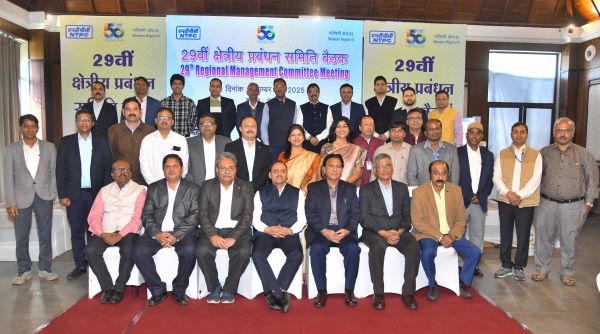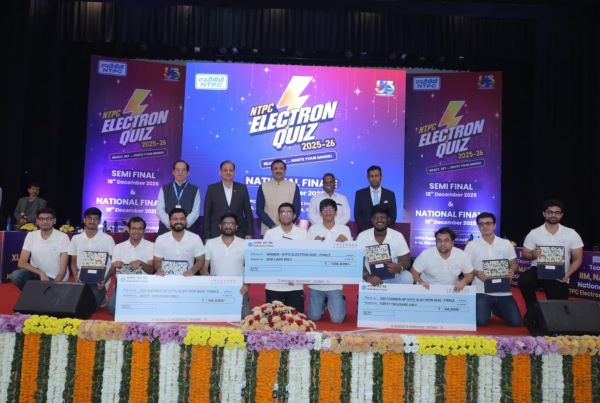
Team News Riveting
New Delhi, October 11
The Union Cabinet chaired by the Prime Minister Narendra Modi approved amendment of Second Schedule of the Mines and Minerals (Development and Regulation) Act, 1957 (‘MMDR Act’) for specifying rate of royalty in respect of 3 critical and strategic minerals, namely, Lithium, Niobium and Rare Earth Elements (REEs).
Recently, the Mines and Minerals (Development and Regulation) Amendment act, 22023 was passed by the Parliament, which has come into force from 17th August, 2023. The Amendment, among other things, delisted six minerals, including Lithium and Niobium, from the list of atomic minerals, thereby allowing grant of concessions for these minerals to private sector through auction. Further, the amendment provided that mining lease and composite license of 24 critical and strategic minerals (which are listed in Part D of the First Schedule of the Act), including Lithium, Niobium and REEs (not containing Uranium and Thorium), shall be auctioned by the Central Government.
Today’s approval of the Union Cabinet of specification of rate of royalty will enable the Central Government to auction blocks for Lithium, Niobium and REEs for the first time in the country. Royalty rate on minerals is an important financial consideration for the bidders in auction of blocks. Further, manner for calculation of Average Sale Price (ASP) of these minerals has also been prepared by the Ministry of Mines which will enable determination of bid parameters.
The Second Schedule of the MMDR Act provides royalty rates for various minerals. Item No.55 of the Second Schedule provides that royalty rate for the minerals whose royalty rate is not specifically provided therein shall be 12 per cent of the Average Sale Price (ASP). Thus, if the royalty rate for Lithium, Niobium and REE is not specifically provided, then their default royalty rate would be 12 per cent of ASP, which is considerably high as compared to other critical and strategic minerals. Also, this royalty rate of 12 per cent is not comparable with other mineral producing countries. Thus, it is decided to specify a reasonable royalty rate of Lithium, Niobium and REE as below:
(i) Lithium – 3 per cent of London Metal Exchange price,
(ii) Niobium –3 per cent of Average Sale Price (both for primary and secondary sources),
(iii) REE- 1 per cent of Average Sale Price of Rare Earth Oxide
Critical minerals have become essential for economic development and national security in the country. Critical minerals such as Lithium and REEs have gained significance in view of India’s commitment towards energy transition and achieving net-zero emission by 2070. Lithium, Niobium and REEs have also emerged as strategic elements due their usages and geo-political scenario. Encouraging indigenous mining would lead to reduction in imports and setting up of related industries and infrastructure projects. The proposal is also expected to increase generation of employment in the mining sector.
Geological Survey of India (GSI) has recently handed over the exploration report of REE and Lithium blocks. Further, GSI and other exploration agencies are conducting exploration for critical and strategic minerals in the country. The Central Government is working to launch the first tranche of the auction of critical and strategic minerals such as Lithium, REE, Nickel, Platinum Group of Elements, Potash, Glauconite, Phosphorite, Graphite, Molybdenum, etc. shortly.



